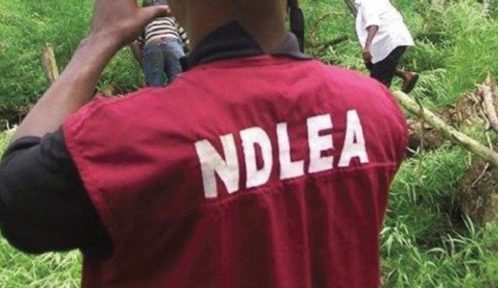- Airstrikes kill 143 insurgents, including 9 commanders in N. Afghanistan
A South African nine-year-old has become the world’s third child born with HIV to appear effectively cured of the disease, scientists have said.
The child has had a healthy immune system for more than eight years after receiving a short course of treatment in early life, according to a new study.
The child, whose name and gender were not disclosed, was part of a clinical trial in which researchers were investigating the effect of treating HIV-positive babies in the first few weeks of life, and then stopping and starting the ART medicines whilst checking whether their HIV was being controlled.
The case was revealed Monday at an AIDS conference in Paris.
Patients with HIV would normally need to stay on anti-retroviral drugs (ART) for the rest of their lives to keep AIDS at bay.
But this child, still off treatment and now almost ten years old, has no signs of the disease.
The baby contracted HIV from its mother.
Treatment with ART started when it was almost nine weeks old but was interrupted at 40 weeks when the virus had been suppressed, and the child was monitored regularly for any signs of relapse.
This has given hope to the 37 million people worldwide infected with the virus that causes AIDS.
However, the case is extremely rare and does not suggest a simple path to a cure, experts say.
“It’s a case that raises more questions than it necessarily answers,” said Linda-Gail Bekker, president of the International AIDS Society, during the conference in Paris.
“It does raise the interesting notion that maybe treatment isn’t for life,” she said, adding that “it’s clearly a rare phenomenon.”
Other similar cases include a French woman aged roughly 20 who was born with HIV and has her infection under control despite no HIV medicines since she was around six, and a Mississippi baby born with HIV in 2010 suppressed her infection for 27 months after stopping treatment before it reappeared in her blood. She was able to get the virus under control again after treatment resumed.
However, researchers believe the South African case is the first instance of sustained virological control from a randomised trial of ART interruption following early treatment of infants.
“At age 9.5 years, the child was clinically asymptomatic,” the researchers said.
UNAIDS, the United Nations HIV/AIDs agency, said last week that 19.5 million people worldwide are now receiving treatment, more than half of the 37 million patients with HIV.
In the meantime, Afghan Army said on Tuesday that 143 insurgence, including nine commanders, have been killed and 17 others wounded during airstrikes in the northern Faryab province.
The security forces launched airstrikes on Taliban positions in Khairabad, Qudughak, Qarugh, lash, Chashma-e-Sangin areas of Kohistanat district, as well as in the neighboring Qaisar and Shirin Tagab districts Monday night.
The airstrikes killed about 143 insurgents and injuring 17 others, the statement said.
Kohistanat district was captured by Taliban militants on Sunday and since then the government forces have been fighting to regain control.
“Some of Taliban’s commanders, including Abdul Rahim, Yosuf, Zabehullah, Salam and Sayed Ismail, are among those killed in the air raids,’’ the army said without providing information on possible casualties of security forces.
Militants loyal to the Taliban outfit have not commented.
The Taliban militants have intensified activities since April and have captured at least three districts over the past week.
Additional report from Premium





















